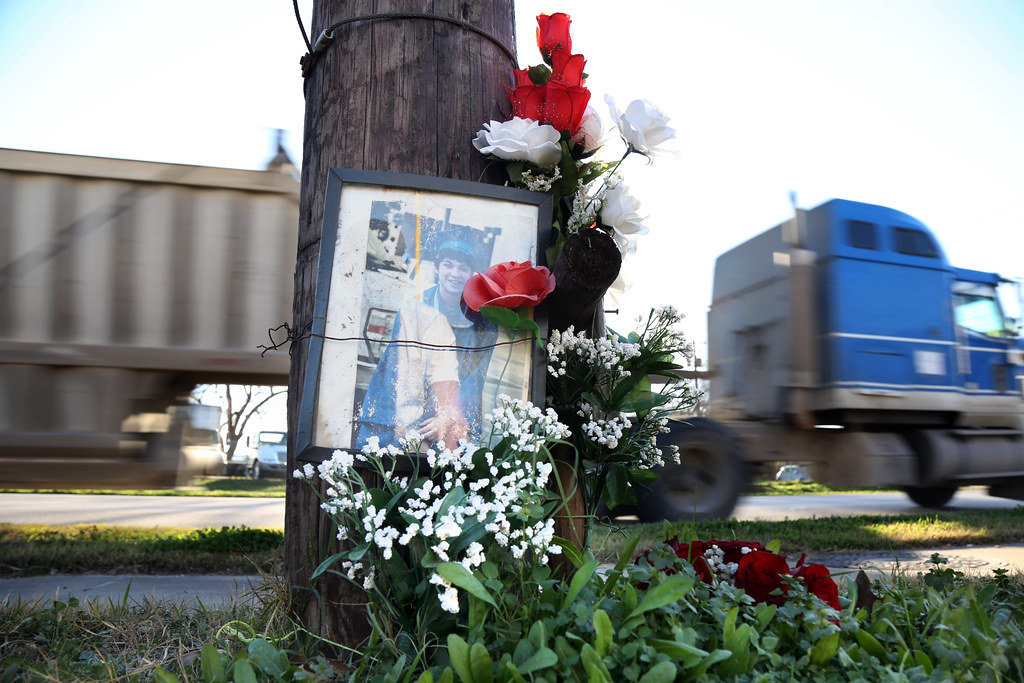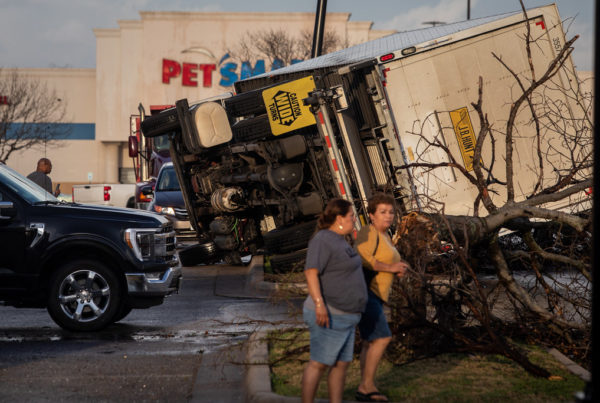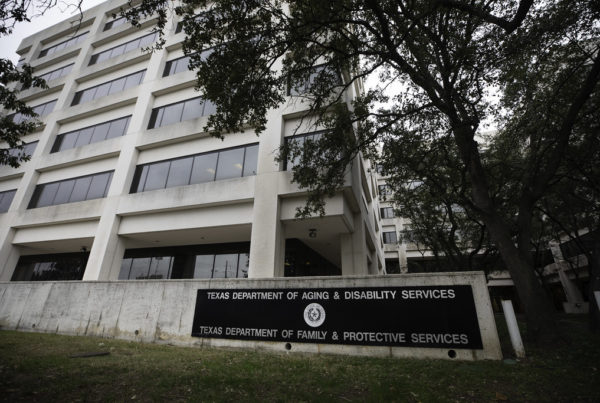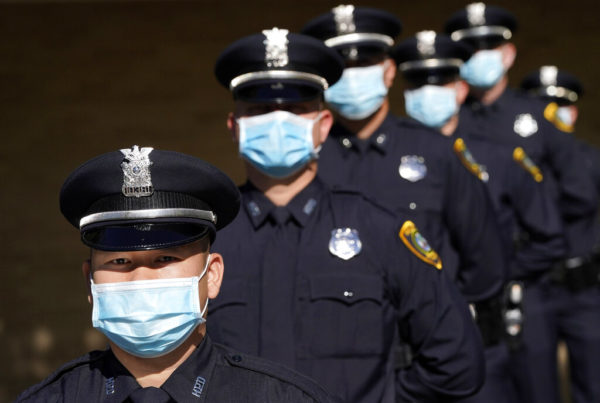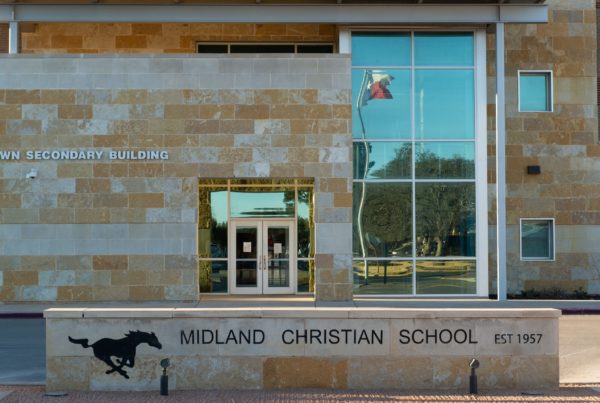A collision on a West Texas roadway last week left nine dead. The victims included six members of the University of the Southwest golf team, their coach and a 13-year-old boy who was reportedly driving a pickup truck involved in the crash, along with that boy’s father.
New data from the Texas Department of Transportation shows 2021 was the second-deadliest year on Texas roadways on record: 4,480 people died in car wrecks last year. The only year with more vehicle fatalities was 1981.
Robert Wunderlich, director for the Center for Transportation Safety at the Texas A&M Transportation institute, spoke with the Standard about the factors that influenced the numbers. Listen to the interview above or read the transcript below.
This transcript has been edited lightly for clarity.
Texas Standard: Why were traffic death numbers so high, considering we’re still in a pandemic and traffic has been lighter?
Robert Wuderlich: What we saw when we started looking at the data in 2020 was that although less people were driving, we had less people on the road, we saw a decrease in crashes that went along with that, as we might expect, but we did not see the same kind of decrease in severe crashes and fatalities in particular.
With fewer cars on the road, were people taking more liberties?
When you have less cars on the road, you have more freedom of choice about how you are going to drive and you’re going to drive based on your assessment of risk. And it’s clear looking at some of the speed data that not only maybe excessive speeds, which is what people think about, but also just average speeds went up because we didn’t have the congestion periods. And so any time that two vehicles or a vehicle left the road or two vehicles ran into each other, there was more kinetic energy.
Considering the increase in vehicle safety technology and construction techniques, what do you make of the fact that 2021 was only second to the number of traffic fatalities in 1981?
Texas has had tremendous growth. … And honestly, if we had the kind of fatality rate that we had in 1980, these numbers would be much worse. We’ve actually made a lot of progress for the reasons that you state in bringing down the risk in driving, but there’s a lot more of us doing it.
Has TxDOT’s “End the Streak” campaign to reduce road fatalities worked at all?
Well, I’m familiar with the program and in fact, we’re working with TxDOT to help them in a lot of their efforts. You know, some of their efforts are more appealing to drivers to lower their own risk, but they’ve also got a lot of programs where they’re improving safety in the way that they design roadways and have taken an active role in identifying problems and doing things to fix them.
At this point, what’s the message that needs to get across to drivers?
Well, I don’t think people are really aware of what the consequences of increased speeds are because of the power function with velocity and kinetic energy. You get a much higher risk level with fairly modest increases in speed. You know, the other thing that we’ve seen is wearing seatbelts, because the best mitigation against speed and severity in crashes is wearing a seatbelt. We’ve seen about a two to three percent decline in the number of people driving. That doesn’t sound like a lot, except when you think about the millions of Texans that are driving every day and two percent is a lot of people.
Vehicles have gotten very crash-worthy. The air bags and the other structural components we can build, we can put things in that are a bit safer from a roadway standpoint, but even our best mitigation don’t take it to zero. And then, ultimately, you’ve got to count on creating a system where the users are aware of the consequences and they’re behaving in such a way that reduces risk for everyone, including pedestrians. It’s not just people driving in cars because we’ve seen an increase in Texas in that aspect as well.


